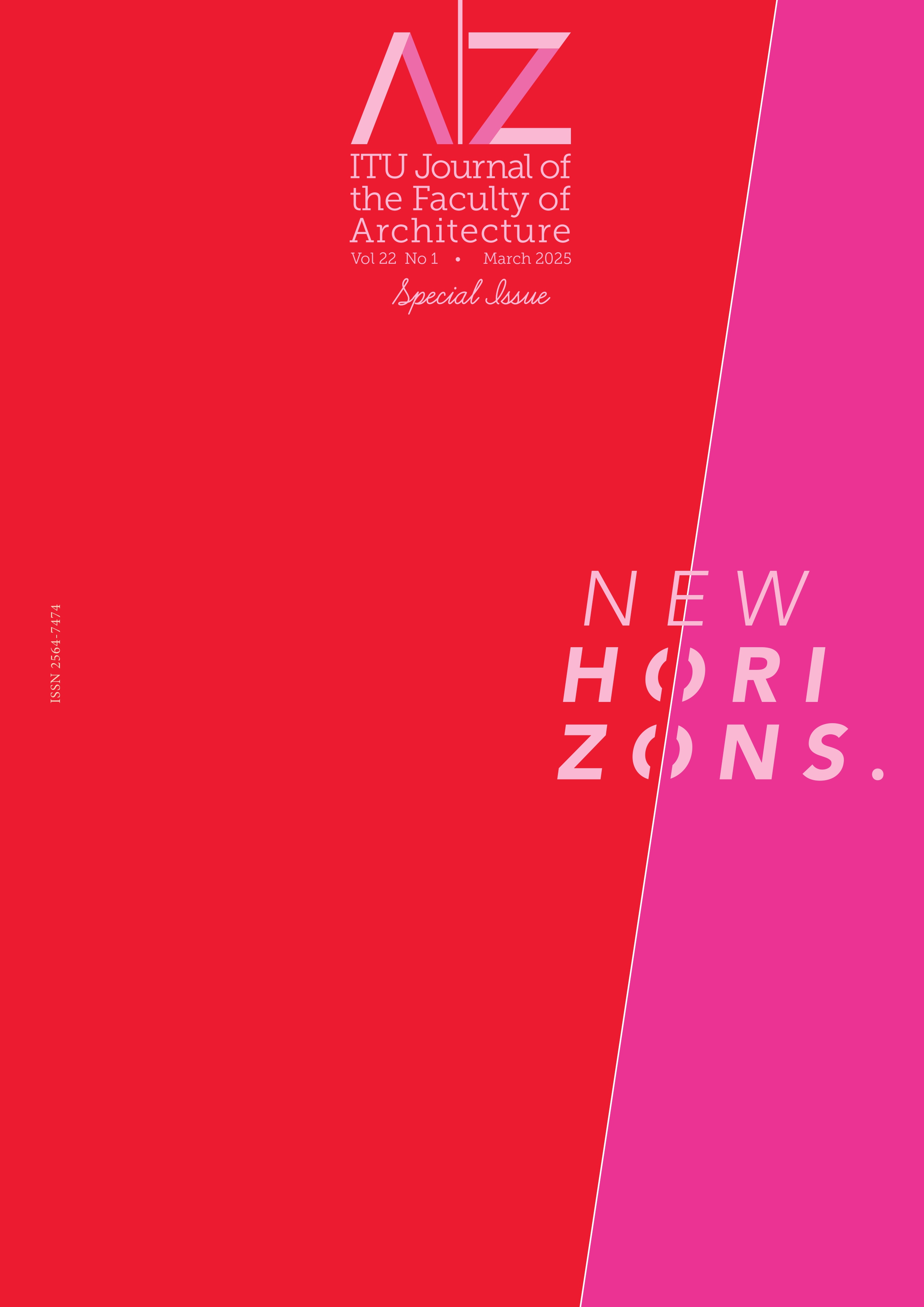Published 2025-03-31
Keywords
- Affective embodiment,
- Animal,
- Architectural spatial experience,
- Umwelt,
- Speculative inquiry
Abstract
This article explores the architectural spatial experience of animals by employing the speculative inquiry as methodology with transdisciplinary research and Socratic questioning. It begins by addressing the gap in architectural theory regarding the animal’s role as an active spatial experiencer, often overshadowed by anthropocentric perspectives. Drawing on key concepts such as “Umwelt,” “affect,” and the newly proposed “trans-umwelt,” the study establishes a speculative framework to examine how animals interact with architectural spaces. The article investigates how “affective embodiment”— the process through which animals are considered to engage with space—, affective possessions of the animal and the spatial experience can inform our understanding of their interactions. The article then speculates on the architectural spatial experience of animals through two primary stages: perceptual engagement and affective response, followed by behavior, learning, and place-making. Using the narrative of a cat entering an inbetween space surrounded by walls, the study demonstrates how animals might perceive, emotionally respond to, and interact with architectural environments, ultimately transforming them into meaningful places with post-experiential situations like site selecting and place-making. The study concludes that architectural spaces, conceived as trans-umwelts, have the potential to actively shape an animal’s existential experience, offering a new dimension to architectural theory.


